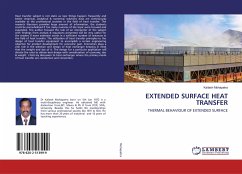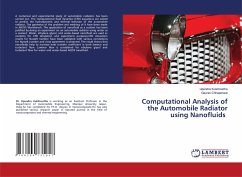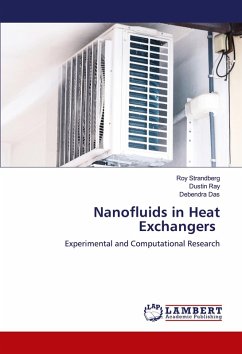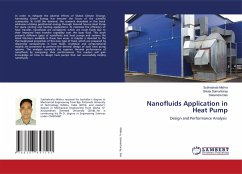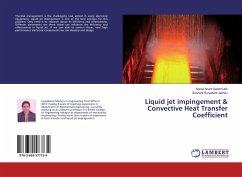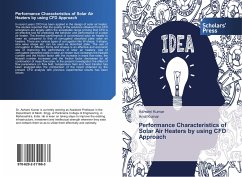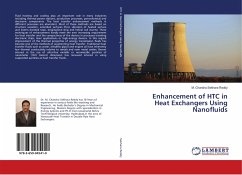
Performance of Nanofluids in Minichannel Heat Exchangers
Experimental and Computational Evaluations of Nanofluids
Versandkostenfrei!
Versandfertig in 6-10 Tagen
33,99 €
inkl. MwSt.

PAYBACK Punkte
17 °P sammeln!
The first part of the book describes the thermal and fluid dynamic performance of aluminum oxide, copper oxide and silicon dioxide nanofluids in an automobile radiator via numerical scheme using the Effectiveness - Number of Transfer Unit method. The analyses show that a 1% volumetric concentration of nanoparticles can yield appreciable savings in the pumping power and a modest reduction in the surface area of the heat exchanger, on the basis of equal heat transfer, when compared with the base fluid. The second part of the book describes experimental and computational studies with nanofluids c...
The first part of the book describes the thermal and fluid dynamic performance of aluminum oxide, copper oxide and silicon dioxide nanofluids in an automobile radiator via numerical scheme using the Effectiveness - Number of Transfer Unit method. The analyses show that a 1% volumetric concentration of nanoparticles can yield appreciable savings in the pumping power and a modest reduction in the surface area of the heat exchanger, on the basis of equal heat transfer, when compared with the base fluid. The second part of the book describes experimental and computational studies with nanofluids circulating in a minichannel plate heat exchanger (PHE). From the experimental data on the PHE, new correlations have been derived for the Nusselt number and friction factor. The computational analyses prove that for a dilute particle volumetric concentration of 1%, three different nanofluids exhibit improvements in performance over the base fluid by reducing the pumping power and surface area of the PHE.




